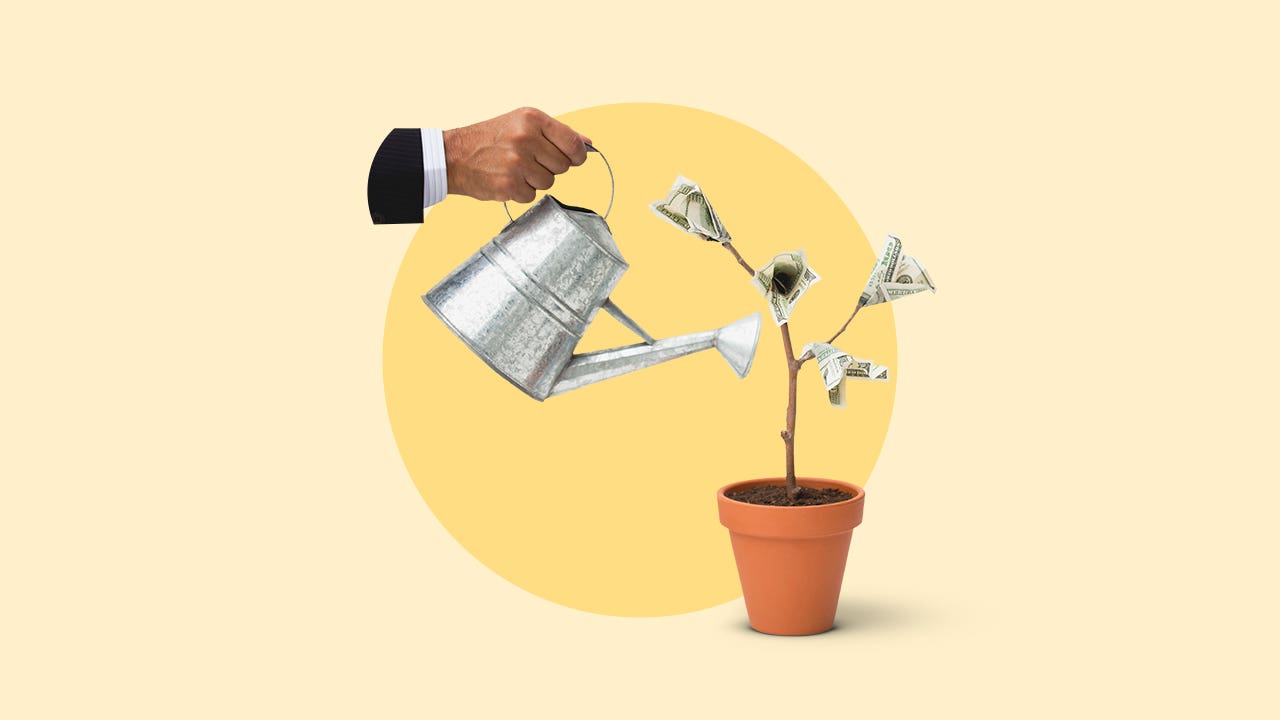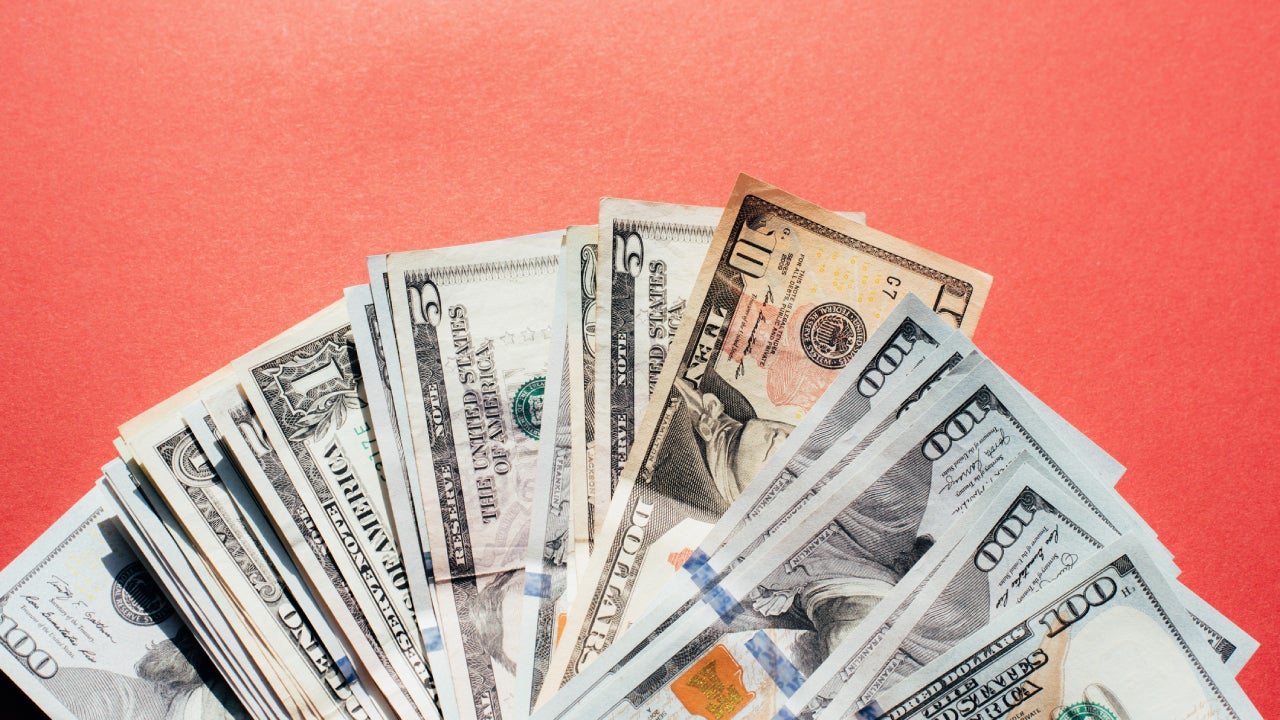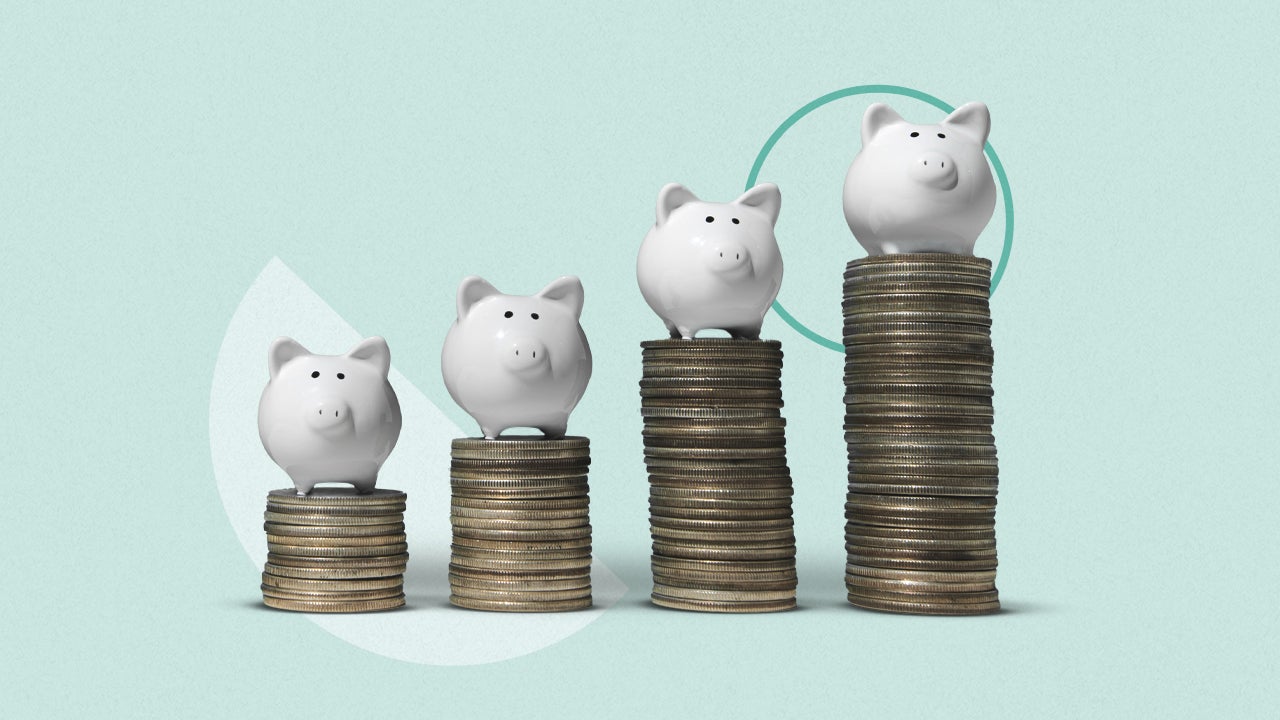CD rates forecast for 2025: Top yields will decline, yet they’ll outpace inflation

In 2024, three Federal Reserve rate cuts spurred declining yields on many deposit accounts, although savers were able to benefit from locking in strong yields on certificates of deposit (CDs). While the best CD rates are expected to drop further in 2025, they’re also expected to continue to outpace inflation.
It will be another year where the highest-yielding savings accounts, money markets and CDs outpace inflation while the averages — and the offerings at most banks — fall well short.— Greg McBride, CFA, Bankrate Chief Financial Analyst
Bankrate’s key CD insights and 2025 forecast
The national average 1-year CD APY started 2024 at 1.96% and ended the year at the same level. Similarly, the average APY for 5-year CDs started at 1.41% and ended at 1.42%.
McBride predicts that by the end of 2025, the national average APYs for 1-year and 5-year CDs will be 1.25% and 1.35%, respectively.
By year’s end, top-yielding 1-year CDs will earn 3.70% APY, while top 5-year CDs will earn 3.95% APY, according to McBride.
Average CD APYs saw little change in 2024, while competitive APYs decreased
National average APYs for one-year CDs and five-year CDs both ended the year 2024 nearly identical to their levels at the start of the year. Meanwhile, after APYs on competitive CDs rose in 2022 and 2023, they began to level off and decline in 2024. At the end of 2024, the top APY offered on a one-year CD was more than 100 basis points lower than it was at the start of the year.
Likewise, the top five-year CD offerings rounded out the year 50 basis points lower.
Such rate decreases took place leading up to, and after, Federal Reserve policymakers lowered the federal funds rate three times in the second half of 2024. This is because competitive banks tend to change their APY offerings in lockstep with changes to the Fed’s benchmark rate.
Despite further expected declines, high CD yields will continue to outpace inflation
Citing stubborn inflation and slower — though still solid — economic growth in 2025, McBride predicts three Fed rate cuts during the year, each of 25 basis points. This would bring the federal funds rate to a range of 3.5-3.75 percent by the end of the year.
Such decreases in the Fed’s key rate could spur additional drops in going rates on new CDs issued by banks. “CD yields will be on a slow, and at times uneven, downtrend in 2025,” says Bankrate’s McBride. “But so will inflation. So the sooner you lock in your CD, the better. That fixed return is going to look better and better in after-inflation terms as the year unfolds.”
Where to find the top CD rates
Savers who research rates before choosing a CD could benefit from significantly higher interest earnings over time. While large brick-and-mortar banks often pay rock-bottom APYs, other sources are known for offering highly competitive APYs.
- Online-only banks: Because they don’t bear the cost of maintaining branches, banks operating entirely online commonly offer competitive APYs on CDs and high-yield savings accounts.
- Credit unions: As not-for-profit organizations, credit unions often share their profits with members in the form of higher rates on deposit accounts.
Other factors to look for in a CD
When shopping around for the right CD for you, pay attention to some important components in addition to APYs:
- Term length: Most CDs lock in your money for a set length of time, so the right term length for you often depends on when you’ll want access to the funds again. For instance, if you plan to put a down payment on a house in a certain number of years, you might choose a CD that matures soon before you plan to do that.
- Minimum deposit requirements: Make sure to find a CD that requires a minimum deposit with which you’re comfortable. While some banks don’t require any set minimum amount, others may require $10,000 or more.
- Early withdrawal penalties: You should only devote money to a CD that you’re comfortable parting with for the entire term (and keep an adequate amount for emergencies in a liquid savings account). However, in choosing a CD, it pays to understand its early withdrawal penalty. The amount of this penalty can vary by CD term and bank.
Taking the time to shop around for the best high-yield CD pays off, as you can still lock in APYs that are historically high for greater interest earnings.
Why we ask for feedback Your feedback helps us improve our content and services. It takes less than a minute to complete.
Your responses are anonymous and will only be used for improving our website.







